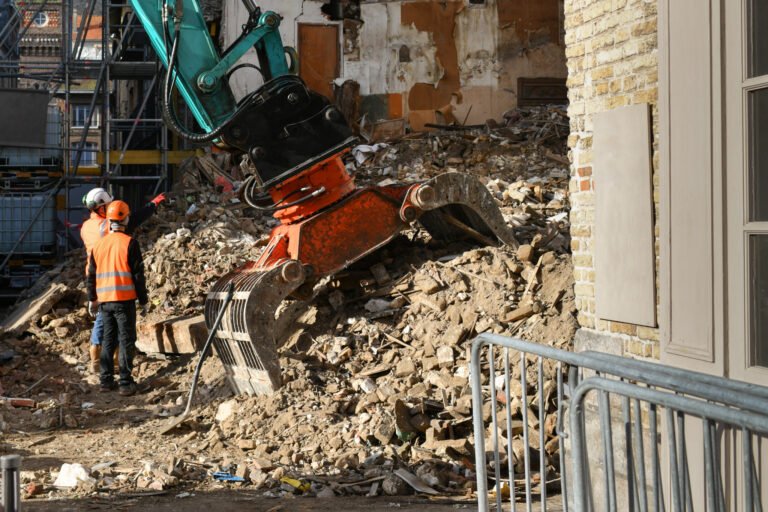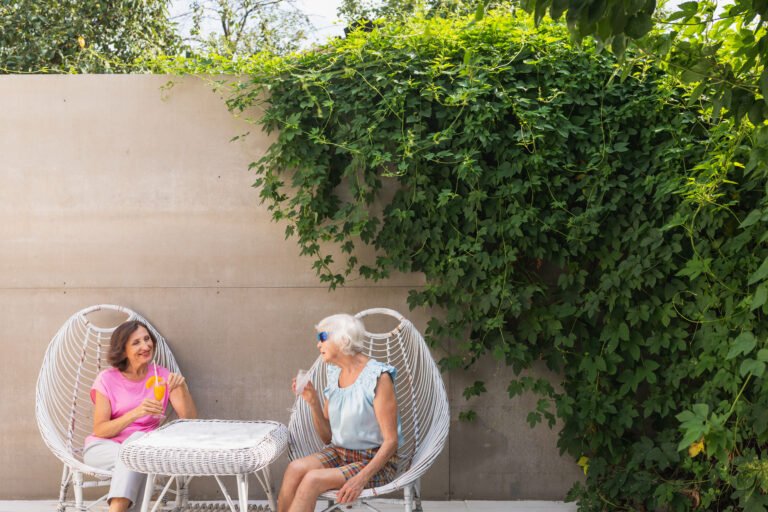The Benefits of a Backyard Greenhouse: Cultivating Year-Round Growth
A backyard greenhouse serves as a sanctuary for plants and a versatile tool for gardeners seeking to extend their growing seasons. These structures provide a controlled environment where temperature, humidity, and light are regulated to create optimal conditions for plant cultivation. This control over climatic factors allows a diverse array of vegetation to not only survive but thrive, even when outdoor conditions would be less than favorable.
By allowing gardeners to manipulate the environment, greenhouses make it possible to grow produce year-round, regardless of the weather conditions outside. The stable conditions inside a greenhouse reduce the stress on plants that would otherwise be caused by fluctuating temperatures, pests, or severe weather. Consequently, plants grown within the protection of a greenhouse are often healthier and more productive than their outdoor counterparts.
Greenhouse gardening is a rewarding endeavor that provides numerous benefits such as improved plant health, extended growing seasons, and the ability to cultivate a wide variety of plants at any time of the year. Whether one is a hobbyist or a professional, the integration of a greenhouse into a backyard can transform gardening efforts, resulting in a more fruitful and enjoyable experience.
Types and Structures of Backyard Greenhouses
Backyard greenhouses come in various types and structures, each catering to different gardening needs and space considerations. From simple cold frames to elaborate permanent structures, gardeners can select the design that best supports their greenhouse plants and fits their gardening aspirations.
Cold Frames and Mini Compact Designs
Cold frames are the simplest type of backyard greenhouse structure. They typically consist of a wooden or aluminum frame and transparent panels, often made of polycarbonate or glass. Cold frames use solar energy to create a microclimate that extends the growing season for gardeners.
- Mini Compact Greenhouses: These are small, often portable units that can fit on patios or within small gardens. Mini compact greenhouses usually feature an aluminum frame and clear panels, perfect for raising seedlings or protecting a few prized plants.
Portable and Customizable Greenhouses
Portable greenhouses provide flexibility for those who rent or have limited space. They can be easily set up and taken down and often feature a lightweight structure of PVC or aluminum frames with plastic sheeting.
- Customizable Greenhouses: Gardeners can select specific features — such as adjustable shelves and easily replaceable panels — that cater to the needs of their greenhouse gardening endeavors.
Permanent Structures for Dedicated Gardeners
For those who are serious about greenhouse gardening, permanent structures provide durability and a greater level of control over the growing environment.
- Raised Bed Greenhouses: Incorporating raised beds into a permanent greenhouse structure allows for optimal soil conditions and organization of greenhouse plants. These greenhouses often use an aluminum frame that provides strength and longevity.
- Larger Permanent Greenhouses: They are often constructed with more durable materials, can include advanced features such as automated ventilation, and offer more space for a wider variety of plants.
Maximizing Greenhouse Benefits for Plant Growth
In utilizing a backyard greenhouse effectively, it is essential to focus on creating optimal conditions for plant growth, which includes managing temperature and humidity levels, extending growing seasons, and cultivating a diverse range of plants.
Controlling Climate and Environment
A greenhouse affords gardeners the ability to control the climate to meet the needs of plants precisely. Key factors such as temperature and humidity can be regulated to ensure optimal growing conditions. For instance, installing a thermostat can keep temperatures at a consistent level, while hygrometers measure humidity, helping to maintain it at a level that prevents plant stress. Proper ventilation systems help with humidity control and maintain good air circulation, aiding in the prevention of diseases.
- Temperature Regulation: Maintain between 65-75°F for most plants.
- Humidity Control: Ideal range lies between 40-60%.
- Ventilation: Crucial for air exchange and temperature balance.
Season Extension and Year-Round Harvest
Greenhouses can extend the growing season by providing a stable environment that wards off the effects of unpredictable weather. This allows for a year-round harvest of fresh produce including vegetables and flowers that would normally not survive off-season conditions. Using the natural heat from the sun and additional heating resources as needed, gardeners can achieve an extended growing season, even in colder climates.
- Extended Season: Begin planting earlier and end later than traditional outdoor gardens.
- Year-Round Harvest: Consistent supply of fresh produce.
Growing a Variety of Plants
With a controlled environment, a greenhouse is perfect for growing a wide assortment of plant species, including exotic or tropical varieties that require special conditions. Using greenhouses, gardeners can cultivate plants that would not ordinarily thrive in their local climate, providing opportunities to both diversify their gardens and experiment with new types of produce and flowers.
- Diverse Plant Growth: From common vegetables to rare tropical plants.
- Exotic and Tropical Plants: Grow plants typically found in much warmer climates.








